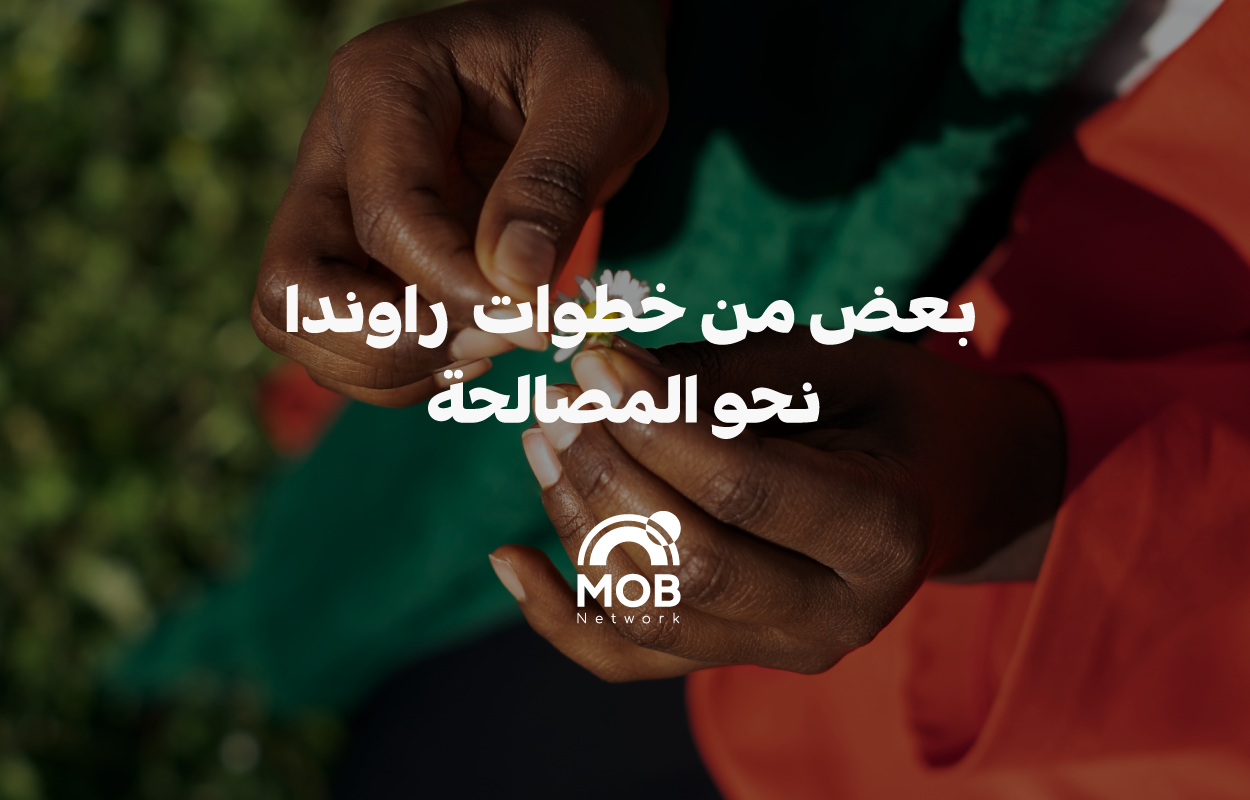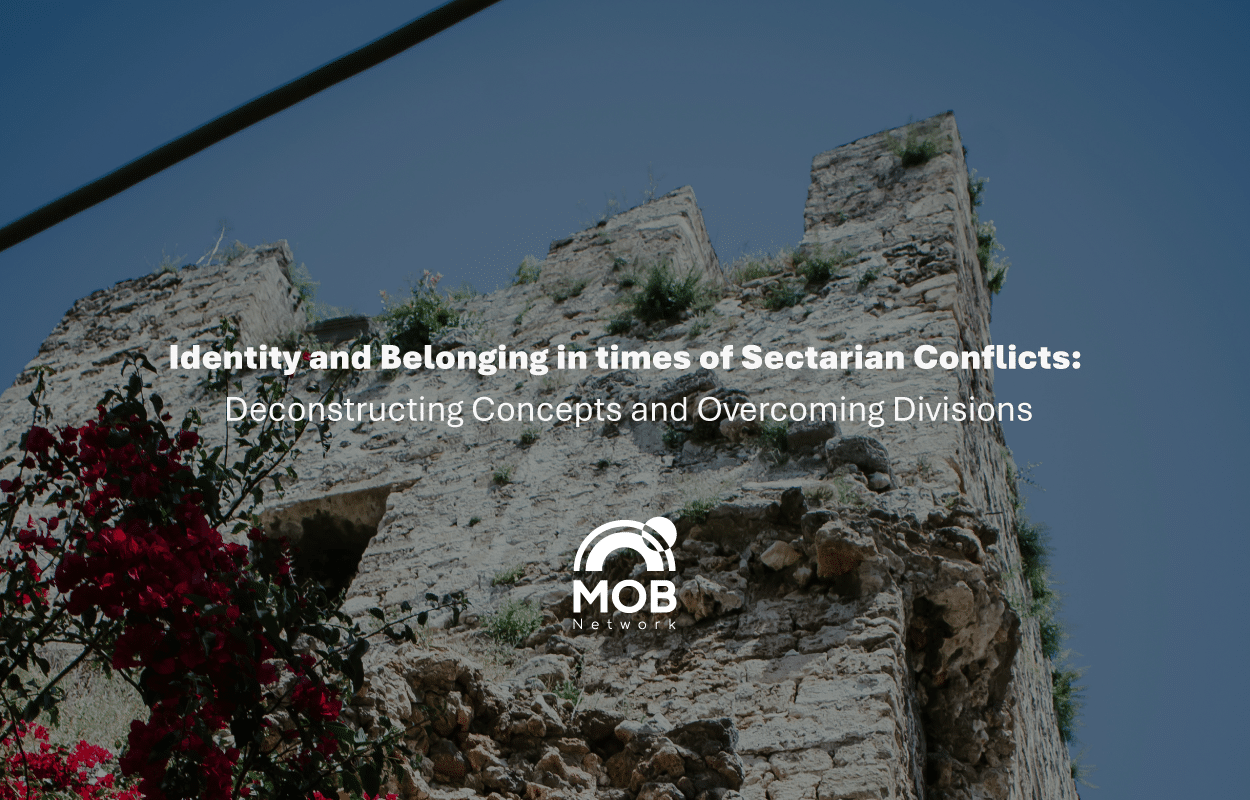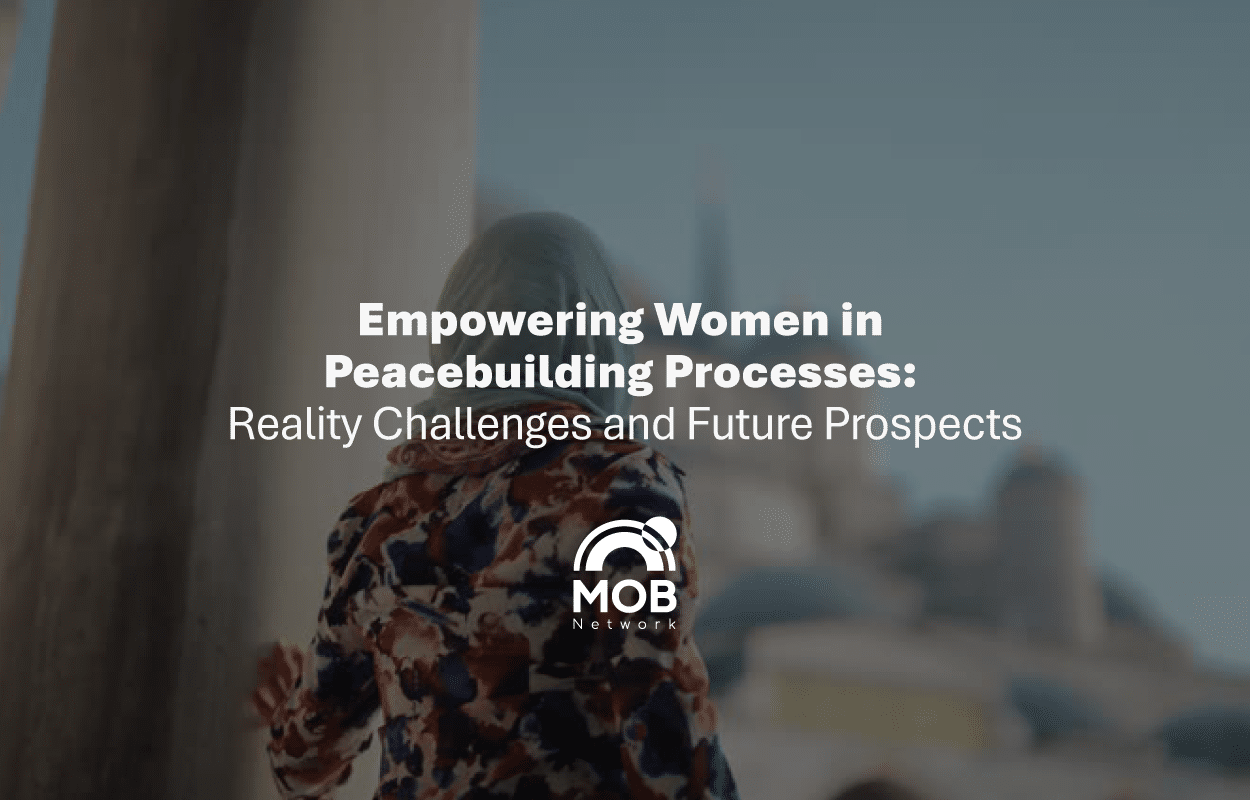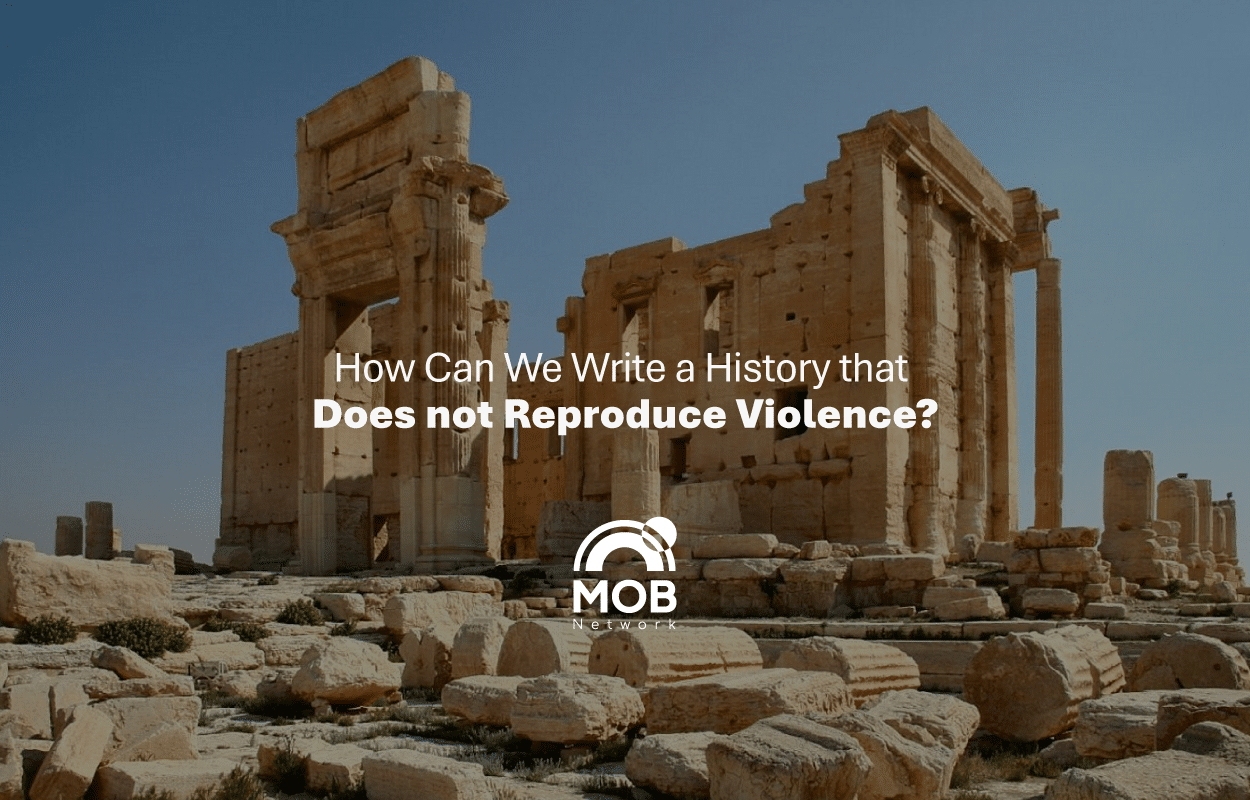I have always been haunted by the question: How can countries that have experienced violent conflict recover and find peace again?
This serious question prompted me to pursue my postgraduate studies in conflict and peace, and to travel to several countries that have experienced and are still experiencing conflicts to answer this question, among which was Rwanda.
Today, Rwanda is one of the fastest-growing, safest, and most stable countries in Africa, emerging in a short period of just three decades after a bloody conflict whose scars are still present today.
Overview of the Rwanda Conflict:
The conflict in Rwanda dates back to European colonialism, which began with the Germans seizing power in the country in 1892 and employing a policy of divide and rule between Rwanda’s three ethnic groups: the Hutu, Tutsi, and Tawa, who lived together as one people with the same culture and language.
But the German colonists, and later the Belgians, favored the Tutsis over others by providing them with educational opportunities as well as political and military support.
After World War II, there was growing anti-colonial sentiment among Rwandans, especially among the Tutsi king and his elite, which worried the Belgians who were seeking to maintain their influence.
Then, in 1959, the Tutsi king was assassinated, and the Belgian administration began implementing a “decolonization” plan, which included replacing Tutsi leaders with Hutu leaders. In 1959, a wave of violence against the Tutsi began, escalating until the 1994 genocide against the Tutsi. A major contributing factor to the violence against the Tutsi that began in 1959 was the publication of the Hutu Ten Commandments, which used the language of hatred and superiority over other ethnic groups within Rwanda and specifically stated that there was no possibility of any kind of peace or relations between Hutus and Tutsis.
In 1959, the Hutus took control of Rwanda following the independence movement, forcing many Tutsis to seek refuge in neighboring countries.
This continued until 1990, when the Rwandan Patriotic Front (RPF), composed of exiled Tutsis, invaded Rwanda, sparking a civil war. The assassination of Rwandan President Habyarimana heightened Hutu fears that Tutsis would seize power in the government and that discrimination against Hutus would return.
Radio was used as a powerful weapon to incite and direct the genocide in Rwanda through a narrative that the Tutsis were not human beings but snakes that must be eradicated.
The 1994 Rwandan genocide is considered one of the most horrific mass killings the world has witnessed since World War II. Reports indicate that nearly half a million people were killed during the genocide, most of them from the Tutsi ethnic minority, by the Hutu majority. The killings in Rwanda were the result of ingrained discrimination and a hate-based ideology that paved the way for mass violence, even targeting the Hutu majority who were killed for standing up for the Tutsi. The Rwandan genocide has been described as an “intimate genocide,” where families, friends, and neighbors from the same village or community killed each other. Following the genocide, the country embarked on a long process of reconciliation that continues to this day.
Types and levels of reconciliation:
David Bloomfield and other scholars define reconciliation as “a process by which a society moves from a divided past to a shared future.” Reconciliation includes key components associated with transitional justice policies, such as truth-telling, reparations, criminal justice, and institutional reform. Achieving these goals leads to the building of a reconciled society.
Levels of Reconciliation
There are different and overlapping levels of reconciliation, including the following:
- Reconciliation between state and citizens:
This level of reconciliation is essential for long-term stability.
After a conflict ends, disputes often arise between communities over resources, job opportunities, religion, culture, and status. Therefore, agreements must be reached between parties that are suspicious and fearful of each other.
- Intergroup reconciliation
which modifies changes in the motives, goals, beliefs, attitudes, and feelings of the majority of the members of society.
- Institutional reconciliation:
Consists of formal institutional processes, such as courts and commissions of inquiry, that are established to investigate the past, determine responsibility, and legally identify victims.
Types of reconciliation:
There are three types of reconciliation: social, economic, and political.
- Social reconciliation:
Reconciliation occurs between members of the same community who, at the end of a conflict, need to find new ways of coexisting. This type of reconciliation involves tolerance between ethnic groups, peaceful coexistence, repairing broken relationships, forgiveness, empathy, establishing new and positive relationships, and honestly accepting and acknowledging, without denial, what happened in the community in the past.
- Economic reconciliation:
depends on maximizing individual, societal and national profit.
- Political reconciliation:
involves political engagement shortly after the end of a conflict into a society that respects the values of the rule of law and human rights and trusts its government, institutions, and citizens.
When discussing reconciliation, it is crucial to note the significant role civil society can play by offering more detailed and critical readings of the past and standing up against any attempts to distort historical facts. Civil society organizations and non-governmental organizations, in particular, contribute to promoting the ideas of justice and accountability, and fostering mutual respect and the rule of law, as these principles require more than just formal channels and institutions for their implementation.
Some of Rwanda’s steps towards reconciliation:
Rwanda has taken several steps towards reconciliation, including the following:
- Building a unified national identity:
After Rwanda’s independence in 1962, the concept of citizenship was used to divide the population into ethnic groups, most notably Hutu and Tutsi. After the genocide, citizenship was re-established on the basis of “Rwandanness,” and all ethnic connotations were eliminated from public discourse. Furthermore, the current government continues to promote projects that advocate unity and de-ethnicization. Among these efforts is the removal of references to ethnicity from national ID cards.
There is no prohibition or criminalization today in Rwanda of the use of ethnic terms by individuals, except that they must not be used in a condescending or exclusionary context.
- Incorporating peace education into school curricula:
The history of Rwanda’s education system reveals that it has been systematically used to deepen ethnic divisions.
Historically, Belgian colonialism played a prominent role in perpetuating division and hatred in schools by favoring Tutsis over Hutus. Hutus were unable to receive a proper education and ended up in low-skilled jobs, while Tutsis were encouraged to continue their studies to get important political positions.
Following the genocide, specifically in 2014, the Rwandan Education Authority announced the inclusion of peace and values education as a cross-cutting subject in the national curriculum. In 2017, the Rwandan government approved the integration of peace education into the national curriculum as part of a new program launched by the Ministry of Education called “Education for Sustainable Peace in Rwanda” (ESPR). The program focuses on the skills of empathy, critical thinking, personal responsibility, and confidence through interactive teaching methods.
- Achieving Justice:
After the genocide, the international community and the Rwandan government considered justice a key component of the peacebuilding process. At the international level, the United Nations established the International Criminal Tribunal for Rwanda (ICTR) in 1994 to hold those accused of genocide and war crimes accountable.
The Rwandan government, for its part, relied on its legal courts and resorted to its traditional dispute resolution method, known as “Gacaca courts,” due to the large number of registered cases.
The international community has viewed with skepticism, and sometimes with disdain, the effectiveness of these traditional, culturally based, open-air courts in facilitating and accelerating accountability.
However, after ten years, statistics indicate that nearly 1.9 million cases—including those of 1,200 alleged organizers, instigators, and overseers of the genocide—have been resolved in more than 12,000 Gacaca courts. These courts have provided important opportunities for truth-telling and justice, with many survivors able to learn the fate of their loved ones, locate their bodies, and rebury them with dignity.
- Genocide Memorial:
The memorial serves as a place for Rwandans to remember and honor their loved ones who were killed in the genocide. It contains the graves of more than 250,000 genocide victims and a collection of photographs of the victims. Many of these photographs were the last relics of their loved ones, and families chose to place them in the memorial so the world could remember their victims.
The memorial also aims to be a space for learning about the genocide so that it does not happen again in Rwanda or anywhere else by recounting the facts that led to the genocide, the methods of torture that were used, and the accountability and justice procedures that Rwanda has followed since the genocide until today.
Civil society contributions to the reconciliation process:
Rwandan civil society has contributed to the reconciliation process, particularly with regard to social reconciliation, through a number of projects, the most prominent of which are:
- Reconciliation Villages:
The Reconciliation Villages project was implemented by Prison Fellowship Rwanda (PFR), an organization working in partnership with the Government of Rwanda as well as international organizations such as UN agencies to support reconciliation and socio-economic empowerment.
The project was designed based on both parties’ need for shelter, while taking into account the financial challenges involved. Therefore, the organization targeted former perpetrators of genocide and survivors who were in need of shelter and helped them build it together. Daily contact between the parties contributed to changing previous perceptions, especially when accompanied by dialogue and problem-solving workshops, which helped repair relationships and promote understanding and coexistence.
- Musekeweya “New Dawn” Radio for Rwandan Reconciliation:
A media platform created to support national reconciliation efforts in Rwanda following the 1994 genocide.
The radio station aims to promote peace and unity through educational and cultural programmes that focus on dialogue and understanding among members of society.
Take notice that Radio was one of the major factors that led to the escalation of the 1994 Rwandan genocide, yet it remains an essential part of Rwandans’ daily lives.
La Benevolencija, a non-governmental organization, produced an educational radio series aimed at promoting reconciliation in Rwanda. Featuring fictional characters that mirror real people, the program, Musekeweya “New Dawn” addresses issues relevant to every Rwandan, such as interpersonal mistrust, post-genocide trauma, poverty, and economic hardship.
What I hope for today in Syria is that we begin to build and affirm our unifying Syrian identity, which will shelter our other identities, which the Assad regime has sought to strengthen at the expense of our greater Syrian identity, in order to foster fear and division among Syrians.
We must learn from Rwanda that we are the people of the land and we are aware of our societies and culture. This does not mean rejecting the reconciliation experiences and procedures adopted in post-conflict countries, but rather creating a Syrian experience that adds to the reconciliation experiences in a way that resembles our own, even if the international community looks at it with mockery!
Finally, one of the most important lessons I learned during my trip to Rwanda can be summed up in a sentence from a Rwandan more than 30 years after the genocide: “Reconciliation is a journey, and we are still on this journey.” We, as Syrians, must also realize this, and that we have a long journey ahead of us, one that carries within it much work, steps, and challenges at various levels. Each of us has a role to play in achieving justice for all those who were killed, tortured, and displaced, and holding every killer accountable.
Written by: Tahani Al-Yaghshi
A community activist and a researcher in reconciliation and peace building, With a master in conflict management and humanitarian work.




